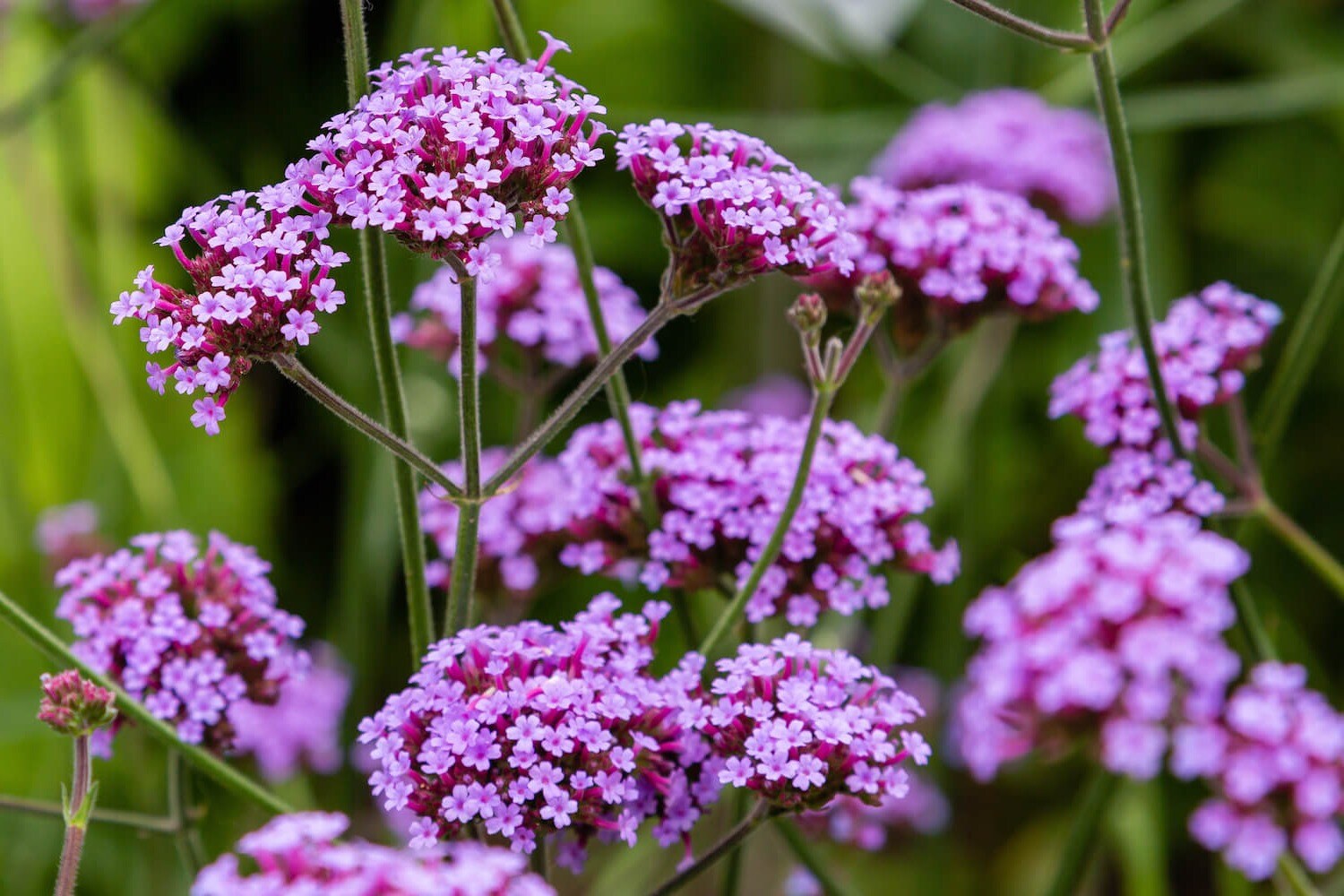
Verbena is a fascinating plant with a rich history and many uses. Known for its vibrant flowers and medicinal properties, this plant has captured the interest of gardeners, herbalists, and nature enthusiasts alike. Did you know that Verbena has been used in traditional medicine for centuries? Its leaves and flowers are often brewed into teas to help with various ailments. But that's not all—Verbena is also a favorite among pollinators like bees and butterflies, making it a great addition to any garden. Whether you're looking to add a splash of color to your yard or explore its health benefits, Verbena offers something for everyone. Let's dive into 31 intriguing facts about this versatile plant!
What is Verbena?
Verbena, also known as vervain, is a genus of flowering plants in the family Verbenaceae. These plants are known for their vibrant blooms and medicinal properties. Here are some fascinating facts about verbena.
-
Verbena has over 250 species, each with unique characteristics and uses.
-
The plant is native to the Americas and Europe, thriving in temperate climates.
-
Verbena flowers come in various colors, including purple, pink, red, and white.
-
Ancient Egyptians revered verbena as a sacred herb, often using it in religious rituals.
Medicinal Uses of Verbena
Verbena has been used in traditional medicine for centuries. Its healing properties make it a valuable plant in herbal remedies.
-
Verbena is known for its anti-inflammatory properties, helping to reduce swelling and pain.
-
The plant has been used to treat respiratory issues, such as asthma and bronchitis.
-
Verbena tea is believed to aid digestion and relieve stomach cramps.
-
It has mild sedative effects, making it useful for treating insomnia and anxiety.
Growing Verbena
Growing verbena can be a rewarding experience for gardeners. These plants are relatively easy to care for and can add a splash of color to any garden.
-
Verbena prefers full sun and well-drained soil for optimal growth.
-
The plant is drought-tolerant, making it suitable for dry climates.
-
Verbena can be grown from seeds or cuttings, with seeds typically germinating in 2-4 weeks.
-
Regular deadheading of spent flowers encourages continuous blooming throughout the season.
Verbena in Culture and Mythology
Verbena has a rich history in various cultures and mythologies. Its significance goes beyond its medicinal and ornamental uses.
-
In ancient Rome, verbena was used to purify homes and temples.
-
The plant is associated with Venus, the Roman goddess of love, symbolizing romance and protection.
-
Druids considered verbena a sacred plant, using it in rituals to ward off evil spirits.
-
In Christian folklore, verbena was believed to have grown at the site of Christ's crucifixion, earning it the name "Holy Herb."
Ecological Importance of Verbena
Verbena plays a crucial role in the ecosystem, supporting various forms of wildlife.
-
The plant attracts pollinators like bees, butterflies, and hummingbirds, aiding in pollination.
-
Verbena serves as a host plant for several butterfly species, providing a habitat for their larvae.
-
Its dense foliage offers shelter to small insects and animals, contributing to biodiversity.
-
Verbena can help prevent soil erosion with its extensive root system.
Culinary Uses of Verbena
While not as common as its medicinal uses, verbena can also be used in cooking.
-
Lemon verbena, a species of verbena, is popular for its citrusy flavor and aroma.
-
The leaves can be used to flavor teas, desserts, and savory dishes.
-
Verbena leaves can be dried and used as a seasoning in various recipes.
-
The plant's essential oils are sometimes used in making liqueurs and perfumes.
Fun Facts About Verbena
Here are some additional fun and interesting facts about verbena that you might not know.
-
Verbena is often used in aromatherapy for its calming and uplifting effects.
-
The plant's name is derived from the Latin word "verbenae," meaning "sacred boughs."
-
Verbena is a popular choice for hanging baskets and container gardens due to its trailing growth habit.
-
Some species of verbena are used in traditional ceremonies and festivals in South America.
-
The plant is sometimes referred to as "herb of grace" due to its historical use in religious rituals.
-
Verbena has been used in love potions and spells throughout history, believed to attract love and enhance beauty.
-
The plant's vibrant flowers make it a favorite among gardeners looking to attract wildlife to their gardens.
Final Thoughts on Verbena
Verbena is more than just a pretty plant. It’s a powerhouse in gardens, attracting pollinators like bees and butterflies. With over 250 species, there’s a Verbena for every garden style. These plants thrive in sunny spots and well-drained soil, making them easy to care for. Their vibrant blooms can last from spring to fall, adding long-lasting color to your garden. Verbena also has medicinal uses, known for its calming properties. Whether you’re a seasoned gardener or a newbie, adding Verbena to your garden can bring beauty and benefits. So, next time you’re planning your garden, consider this versatile plant. It’s a small addition that can make a big impact. Happy gardening!
Was this page helpful?
Our commitment to delivering trustworthy and engaging content is at the heart of what we do. Each fact on our site is contributed by real users like you, bringing a wealth of diverse insights and information. To ensure the highest standards of accuracy and reliability, our dedicated editors meticulously review each submission. This process guarantees that the facts we share are not only fascinating but also credible. Trust in our commitment to quality and authenticity as you explore and learn with us.


